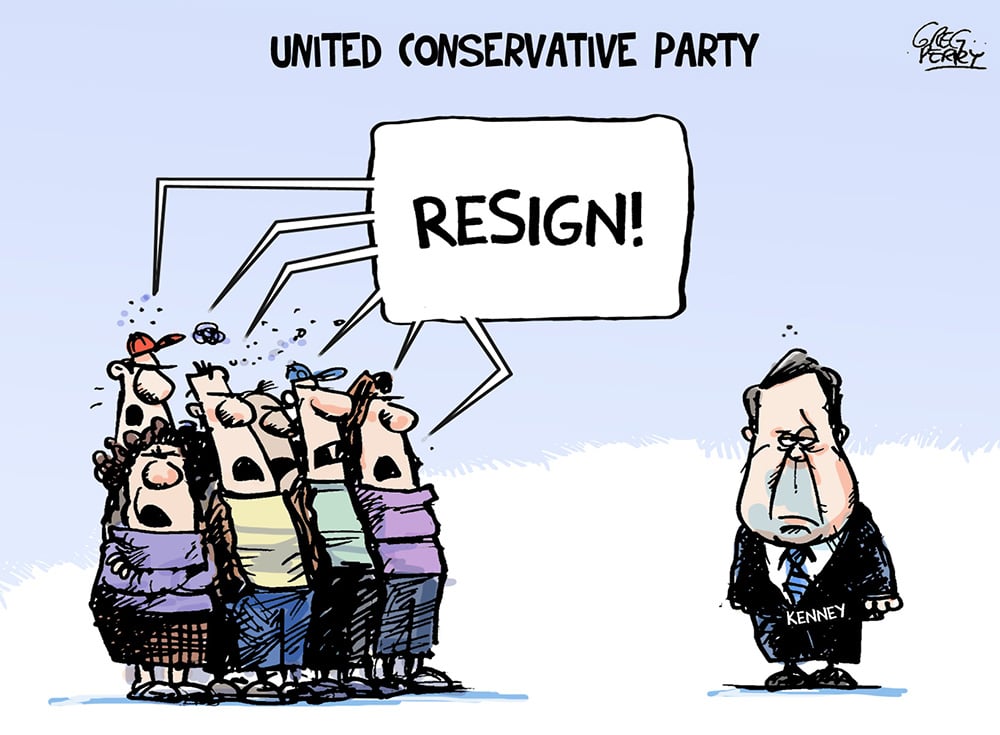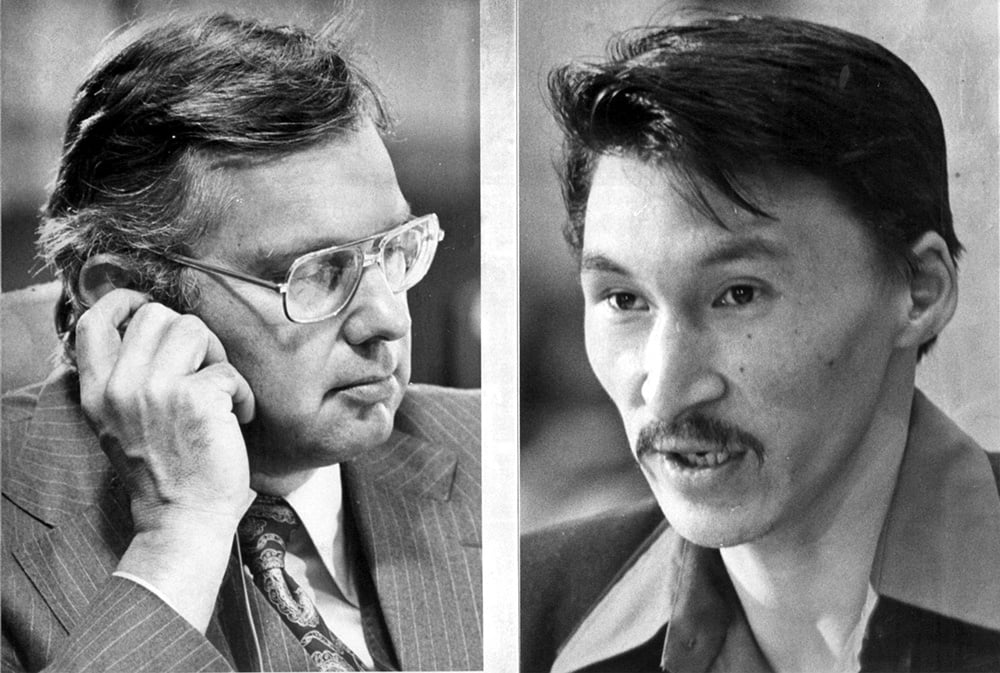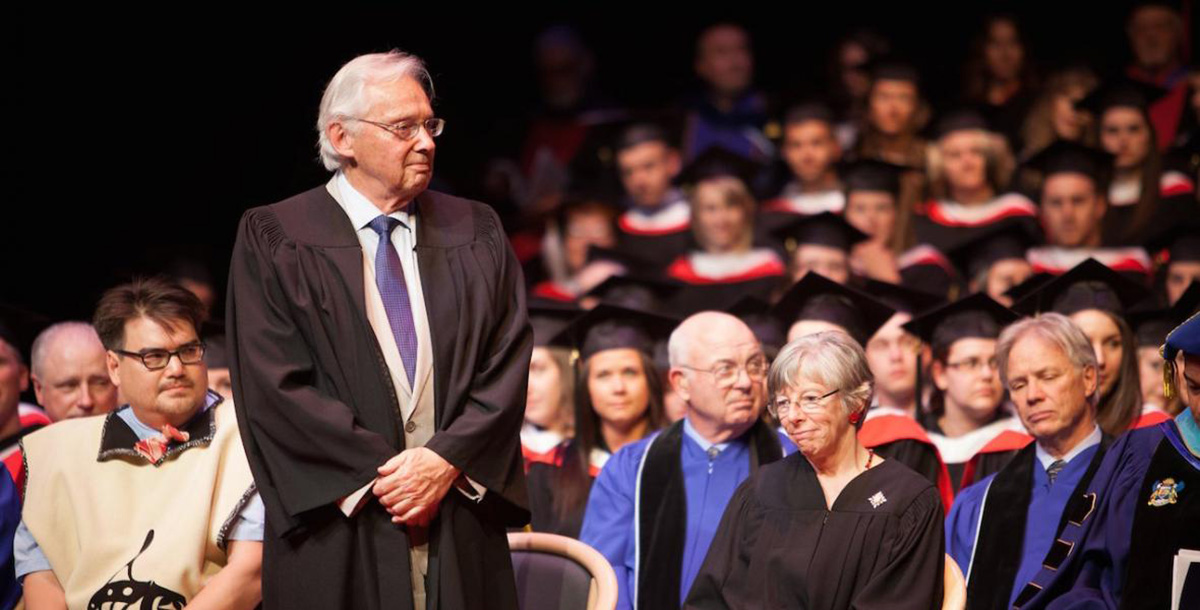The folly of right-wing nationalist politics

In the preface of his just-published memoir La Grande Illusion, Michel Barnier, the man who led the Brexit negotiations for the EU, cites an anguished King Lear beating his own head: "[…] that let thy folly in, / And thy dear judgment out."
Barnier explains his job was to limit Brexit damage to the EU; he lamented that whatever was agreed and decided, Bexit would leave both parties weaker.
In France, right wing, anti-immigrant, anti-EU leader Marine Le Pen was virtually alone in welcoming Brexit enthusiastically.
For Barnier, the U.K. authorities erred by taking right-wing nationalist Nigel Farage and his UK Independence Party (UKIP) too lightly, something he believes historical memory in Germany and France helped to prevent.
American Republicans have been fostering right-wing nationalism for political gain for decades. Nelson Rockefeller, U.S. vice-president under Gerald Ford, was the last liberal Republican of any standing. He left office in 1977.
In the mid-1960s, U.S. president Lyndon B. Johnson isolated southern Democratic politicians so as to pass much-needed civil rights legislation.
The Texan president was proud of his civil rights laws, but knew he had relegated the historic Democratic "solid South" to history.
The Republican southern strategy was based on appeals to the rural poor struggling to make a living or to find a new life in the cities.
From Richard Nixon to Donald Trump, Republicans relied on appeals to America first and military spending to cover up what became a serious deterioration in the U.S. social fabric as government spending went from being part of the solution to being the problem on its own.
Political scientist Thomas Ferguson has documented how U.S. big business interests poured money into local and state elections to ensure positive support for their largely unpopular policies.
What Ferguson calls "political investment" is the practice of spending serious sums on party competition to keep hand-picked, docile representatives in power.
Elections matter -- so the right rigged the elections. Public opinion matters, so business interests ensured the investor perspective prevailed in think-tanks, editorial meetings, and cabinet decision-making.
Having turned one citizen, one vote -- or electoral democracy -- into who spends the most, wins, makes nonsense of ballots and elections.
It is nonetheless surprising to see 120 congressional Republicans denying the 2020 presidential election results. Countless party members are still playing along with the outlandish view popularized by Donald Trump that the 2020 presidential election was stolen.
Nor should one imagine that all the problems are on the Republican side of the aisle.
Following the defeat of Hillary Clinton in 2016, the Democratic National Committee concocted a very dubious analysis of the results, claiming electoral manipulation by the Russians influenced the election.
The corollary of this assertion was that Trump won with Russian support, and that he was likely to be under the influence of Russian President Putin.
The entire American media was taken up for months with examining this obviously bogus explanation for the loss by Hillary Clinton.
As embarrassing as it must have been to admit that her candidacy failed, Clinton lost to a man who was clearly unfit for office.
In order to fund the U.S. military-industrial-university complex at the growing astronomical levels that baffle all understanding, Democrats and Republicans alike identify external enemies of the U.S.
China, which has begun to reclaim its centuries-long position as a leading economic power, is now accused by the U.S. of ignoring world trade rules and plotting actions in the South China Sea. It is not clear how this China bashing will turn out, but it is tiresome in the extreme to have to put up with such accusations being repeated constantly in the media.
Not long after the Cold War ended in 1989, U.S. president Bill Clinton expanded NATO into the Russian backyard in violation of undertakings by previous president George H.W. Bush.
Why take such a provocative step? American military suppliers wanted Poland and other eastern European countries in NATO so they would buy American-made NATO-approved military equipment.
No country needs this NATO-approved equipment.
The total absurdity of increased military spending to meet non-existent threats to national security is clearly evident.
Given that military spending represents the single-largest cause of greenhouse gas emissions, continued expansion of outlays for new equipment says volumes about the dangerous, irrational actions of the American political class.
The only thing likely to force a revision to American policies is a worldwide citizen revolt. Fortunately, as Nancy Fraser has been explaining, one is underway that looks to be growing.
For those unable to see the folly of right-wing American nationalist politics, a look at other right-wing regimes serves to make the point.
The monstrous Bolsonaro regime in Brazil has not only left its citizens unprotected from the deadly coronavirus, its neglect of basic sanitary protections has led to the disease leaking to its neighbours.
In Europe, the virus has devastated Hungary, otherwise notable because it is led by an antisemitic crypto-fascist.
Leader of India, the Hindu nationalist Modi, has watched the country become the world leader in absolute number of deaths from the pandemic without coming up with any kind of plan to stem the spread of the malady.
The pandemic has revealed what historians have long pointed to: right-wing authoritarian governments damage the social fabric, leaving citizens with a diminished sense of well-being.
We "the citizens of the United Nations" must fight back. Invoking the climate emergency to unite behind an immediate halt to every type of military spending would be a good place to start.
Duncan Cameron is president emeritus of rabble.ca and writes a weekly column on politics and current affairs.
Image credit: The U.S. Army/Flickr





 Cartoon by Greg Perry.
Cartoon by Greg Perry.








